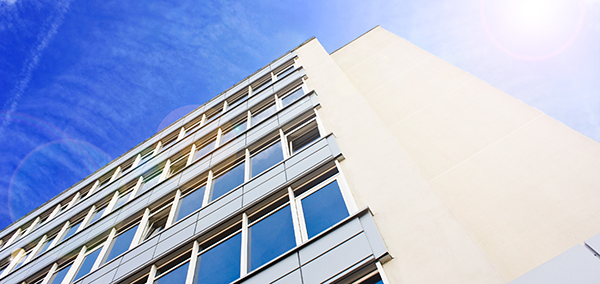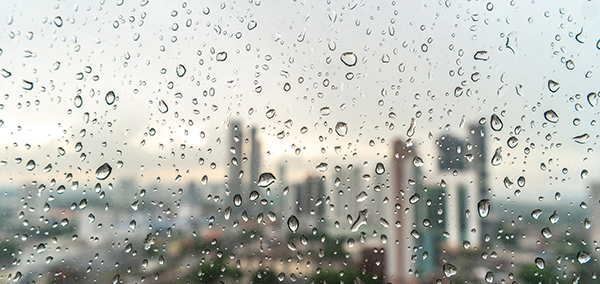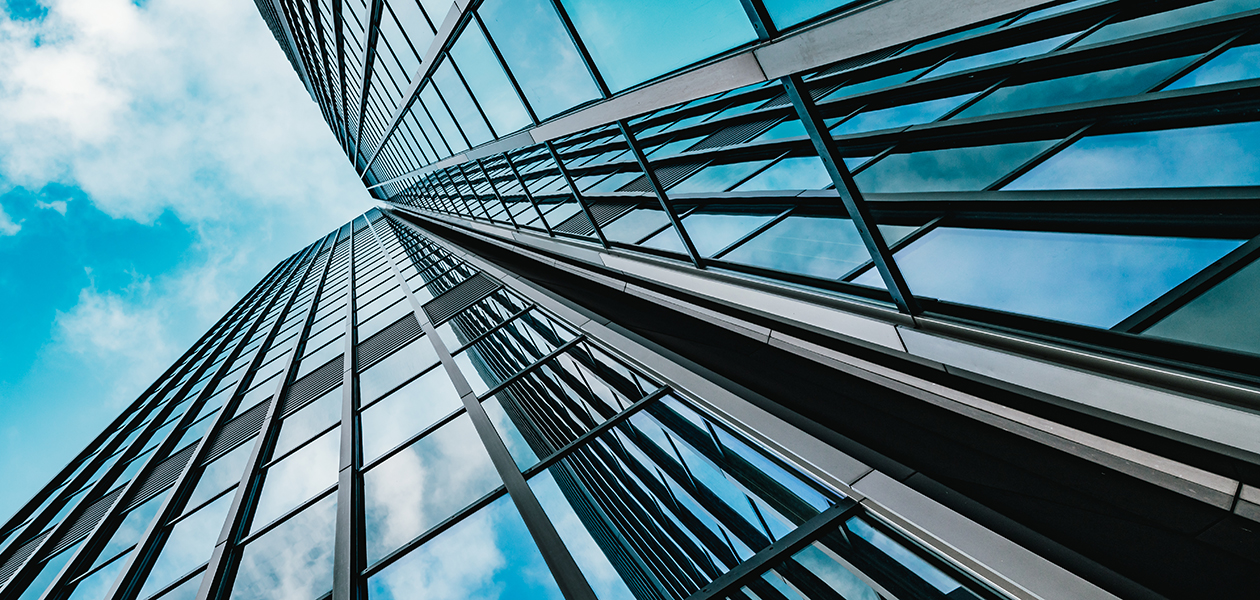Functionalising surfaces with novel materials
There's no sugar coating it - dirty walls and windows are unsightly. These three TechOffers could help keep buildings spick and span.
The gecko’s foot is often referenced as an inspiration for self-cleaning materials. Minute structures on the reptile’s soles and toes allow it to adhere to vertical surfaces, but unlike tape that has fallen on sand, the gecko’s feet do not accumulate dirt and lose their stickiness over time.
Now imagine entire buildings coated in a layer that is self-cleaning like the gecko’s foot. The walls and windows of such buildings would not require frequent washing despite being constantly exposed to the elements and outdoor pollutants. This, in turn, would drastically reduce the cost of maintaining buildings.
With advancements in materials science, not only have self-cleaning coatings been invented, but also other treatments that can confer walls and windows with scratch resistance and even thermal regulation properties. In this month’s TechOffers, we highlight three such novel functional coatings.

Erecting anti-stain barriers
A straightforward way to protect a building from staining or wear and tear is to cover it in protective paint. Now, researchers have invented a photocatalytic additive comprising nano-sized titanium dioxide that is responsive to not only UV light, but also visible light. The additive can be introduced into water-based paints and applied onto the exterior of buildings.
Under UV or visible light, the titanium dioxide nanoparticles use light energy to generate free radicals that can degrade pollutants and particulate matter, making them easy to wash off. Importantly, the self-cleaning effect can help to reduce frequency of maintenance, making the additive a cost-effective option for building managers.
In addition to the construction sector, the technology may also be evaluated for anti-fouling applications, which could be useful in the maritime industry to prevent or reduce the attachment of aquatic organisms to ship hulls.

Scratching the surface of functionalised glass
Similar to concrete walls, glass surfaces are also prone to dirt build-up. Furthermore, windows and glass panels of modern buildings tend to fog up due to differences in indoor and outdoor temperatures, as well as humidity.
To overcome these problems, a clear coating that alters the interaction between glass (or plastic) and water has been developed. Water droplets that come into contact with a coated surface rapidly flatten out, resulting in a flowing sheet of liquid that carries away dust and grime.
The compound can easily be applied to car windows, optical lenses or mirrors by spraying or dip-coating. Once allowed to dry and set at a slightly elevated temperature, the coating confers an added degree of hardness to the surface, thus making it scratch-resistant.

A cool solution for sunny days
Although clean and clear windows allow light to enter buildings, the tropical climate of Singapore means that heat tends to seep in as well, making it uncomfortable for people inside. This would then translate to higher energy costs when air conditioning systems have to be turned up to keep the indoors cool.
To address this problem, inventors have created a thermo-shield that blocks out heat in the form of infrared light. The shield consists of resin, water and pigments that absorb infrared light and can be easily sprayed onto glass surfaces.
Not only does it help keep the indoors cool, the coating is also resistant to UV light, which means that it does not degrade easily despite being exposed to sunlight over prolonged periods of time. Building inhabitants are therefore also protected against potentially carcinogenic UV radiation.

